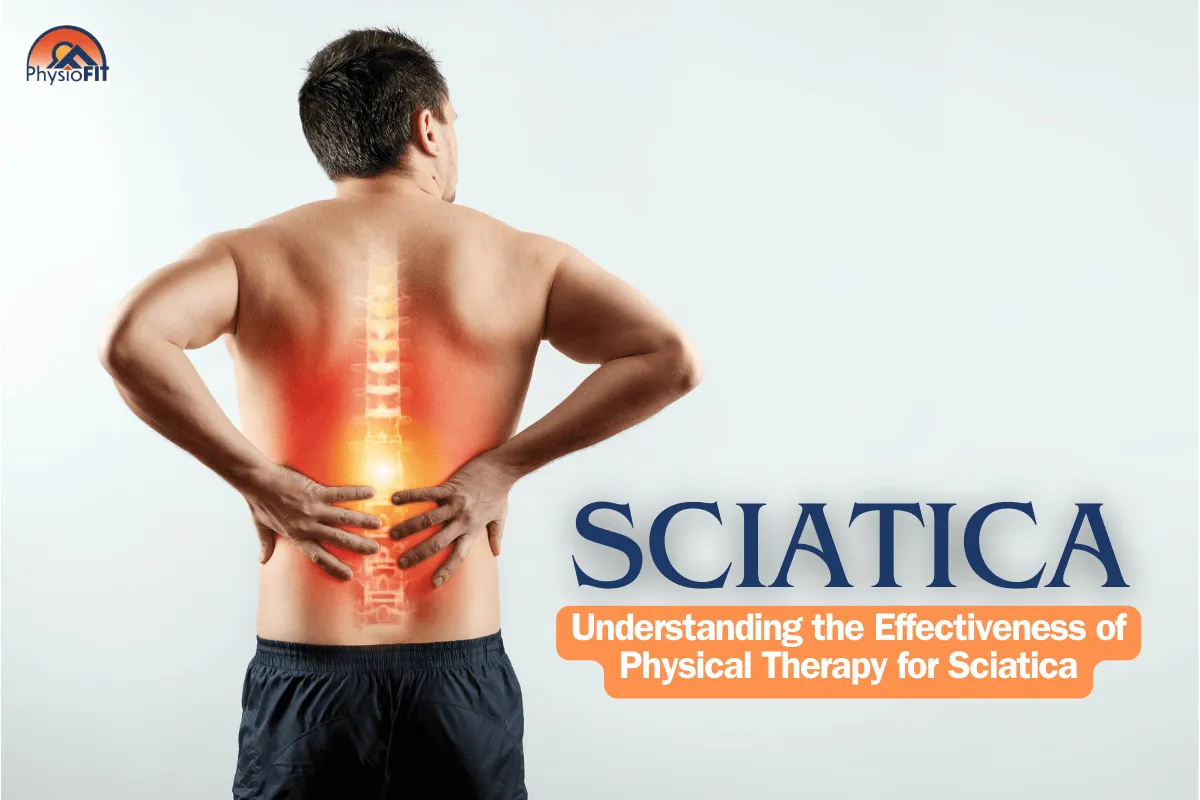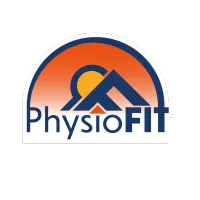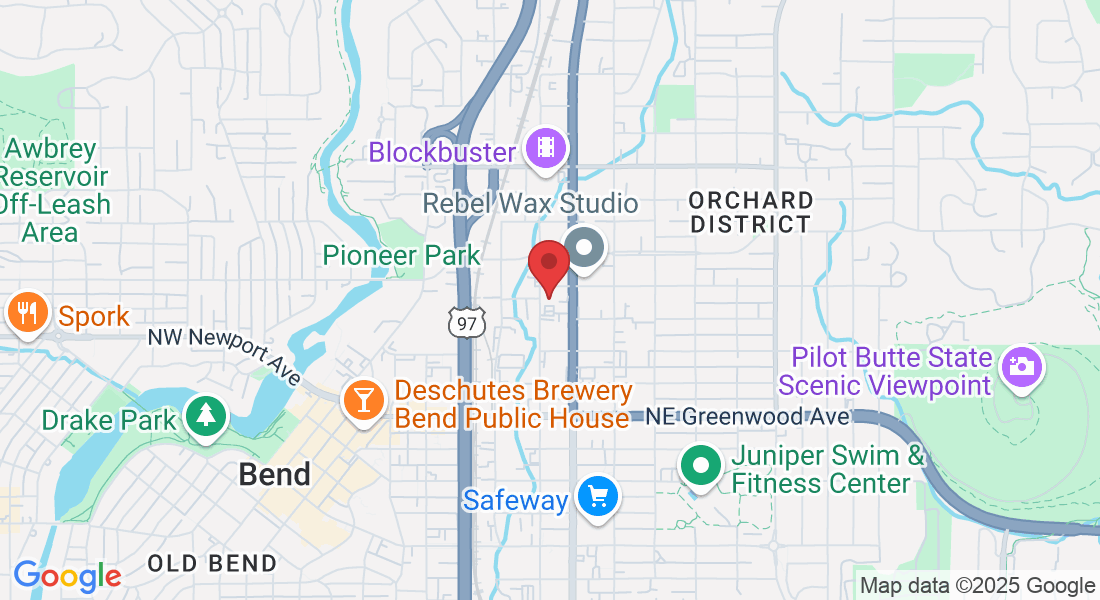Knee Pain Relief
Your Pathway to Knee Pain Relief
In the journey of life, knee pain can often emerge as an unwelcome companion, causing discomfort to people of various ages. From young athletes to active seniors, knee pain is a widespread issue that doesn't discriminate. It may be born out of a sudden injury, like a torn ligament or ruptured cartilage, or it could be the byproduct of a medical condition such as arthritis, gout, or even an infection.
Thankfully, minor knee pain often responds positively to strategies such as physical therapy, using knee braces, maintaining a healthy lifestyle, and can often provide significant relief. Here at PhysioFit, we understand that your journey to pain-free living is unique. We're here to provide customized, evidence-based treatments with a fitness-based approach to alleviate your knee pain effectively, helping you return to your everyday activities.
What You Should Know
Aging, injury, or recurring stress on the knee are the leading causes of knee pain.
Prevalent knee issues encompass sprains or strains in ligaments, cartilage tears, tendonitis, and arthritis.
A proper diagnosis of a knee problem involves a thorough evaluation from a professional or a medical examination, supplemented by diagnostic procedures such as MRIs, CT scans, X-rays, or arthroscopy.
Depending on the type and severity of the condition, both non-operative and surgical treatments are available to alleviate knee pain and problems.

4 of the Most Common Knee Problems
The knee, a complex and integral joint in the human body, can be prone to several issues. These complications often result from natural aging, consistent stress on the knee joint, or an injury. Let's discuss four of the most common knee problems:
Strained or Sprained Knee Ligaments and Muscles: Often the result of a sudden blow or twist to the knee, strains or sprains affect the ligaments and muscles in your knee. The typical symptoms include pain, swelling, and difficulty in walking.
Torn Cartilage: Our knees consist of menisci, which are pads of connective tissue acting as shock absorbers while providing stability. These can tear due to knee trauma, often coinciding with sprains. The usual treatment ranges from wearing a supportive brace to undergoing surgery, depending on the severity of the tear.
Tendonitis: This refers to the inflammation of tendons from overuse during activities like running, jumping, or cycling. An example is patellar tendonitis, also known as "jumper's knee." It's common among sports enthusiasts who partake in high-impact activities like basketball, where the repeated force of landing can strain the tendon.
Arthritis: Osteoarthritis, the most common type affecting the knee, is a degenerative condition where the joint cartilage wears away gradually, often affecting middle-aged and older individuals. Excessive stress on the joint, due to repeated injury or being overweight, can cause it. Another form, Rheumatoid arthritis, can cause inflammation and destruction of the knee cartilage, often affecting individuals at a younger age than osteoarthritis does.
Remember, if you resonate with any of the symptoms or conditions mentioned, we highly recommend making an appointment with us for a thorough evaluation and personalized treatment plan.
Preventing Knee Pain
While it might be impossible to completely avoid knee pain, these strategies can aid in averting injuries and slowing down joint wear:
Maintain a Balanced Weight: Keeping your weight in check is one of the most beneficial actions for your knees. Each extra pound exerts additional stress on your joints, heightening the likelihood of injuries and osteoarthritis.
Condition Yourself for Sports: To equip your muscles for the rigors of sports activities, incorporate conditioning exercises into your routine.
Aim for Perfection in Practice: Strive to perfect your technique and movement patterns for any sport or physical activity. Professional coaching can be valuable in this aspect.
Strengthen and Flex: Weak muscles often precipitate knee injuries. Strengthening your quadriceps and hamstrings, which are front and back muscles of your thighs, will help bolster your knee support. Engage in balance and stability training for more effective muscle coordination around your knees.
Remember, tight muscles can also lead to injuries, so flexibility exercises should be a regular part of your workout regime.
Exercise Wisely: If you're dealing with osteoarthritis, chronic knee pain, or frequent injuries, you may need to reconsider your exercise methods. Contemplate shifting to swimming, water aerobics, or other low-impact activities. At times, simply limiting high-impact activities can result in substantial relief.

Common Symptoms of Knee Pain
Inflammation and rigidity
A reddish hue and a warm feeling when touched
Sounds of popping or crunching
A sense of weakness or lack of stability
Difficulty in fully extending the knee
Remember, if you resonate with any of the symptoms or conditions mentioned, we highly recommend making an appointment with us for a thorough evaluation and personalized treatment plan.
Please Note: The information provided on our website is intended for general education and is not a substitute for professional medical advice. Each individual's situation and body is different. Therefore, what may work for one person may not work for another. We care about your well-being and advise you to reach out to us to discuss your specific needs before implementing any advice from our website.
Your Source for All Things Physical Therapy in Bend Oregon
The PhysioBlog

Can Physical Therapy Help Sciatica: Understanding the Effectiveness of Physical Therapy for Sciatica
Please Note: The information provided on our website is intended for general education and is not a substitute for professional medical advice. Each individual's situation and body are different. Therefore, what may work for one person may not work for another. We care about your well-being and advise you to reach out to us to discuss your specific needs before implementing any advice from our website. If you’d like to explore this more or would like to schedule a time with a physical therapist in Bend Oregon, contact us at PhysioFITBend.com
Introduction
Imagine a pain that starts in your lower back and shoots down to your legs, making everyday activities a challenge. This is most often times, sciatica, a common yet often misunderstood condition. But there's hope. Physical therapy has emerged as a beacon of relief for those suffering from this debilitating ailment. In this comprehensive article, we'll explore the symptoms and impact of sciatica, delve into the efficacy of physical therapy, examine the types of therapy available, and discuss their success rates.
What is Sciatica and How Does it Affect You?
Sciatica is not your typical backache. It's a condition characterized by pain that originates in the lower back or buttock and travels down one or both legs. This pain is caused by irritation or compression of the sciatic nerve, the longest nerve in the body. Sciatica's pain is often described as sharp, burning, or even akin to an electric shock. It can vary in intensity and may be aggravated by sitting, standing for long periods, or certain movements.
Besides pain, sciatica can cause numbness, tingling, or muscle weakness in the affected leg or foot. Sometimes, these sensations can be as debilitating as the pain itself, making it difficult to walk or even stand.
The root causes of sciatica are diverse. A herniated or slipped disc, where the soft cushion of tissue between the bones in your spine pushes out, is a common cause. Spinal stenosis, the narrowing of spaces within your spine, can also put pressure on the nerves. Piriformis syndrome, where the piriformis muscle irritates the sciatic nerve, is another cause. Other factors like pregnancy, obesity, and prolonged sitting can increase the risk or exacerbate the symptoms of sciatica.
Neglecting sciatica can lead to worsening symptoms, chronic pain, and even permanent nerve damage. It's essential to seek timely treatment to prevent the progression of the condition and to maintain a good quality of life.
Physical Therapy for Sciatica: An Overview
Physical therapy stands as a beacon of hope for those suffering from sciatica. This non-invasive, medication-free approach is centered around relieving the symptoms of sciatica and addressing its root causes. Physical therapists use a variety of techniques tailored to each individual's condition.
Exercises aimed at strengthening the back and abdominal muscles play a crucial role in stabilizing the spine and alleviating pressure on the sciatic nerve. Flexibility exercises and stretches help improve the range of motion and reduce stiffness, further easing sciatic pain.
Nerve glides or neural mobilization exercises are particularly effective for sciatica. These exercises gently stretch and glide the sciatic nerve, helping to reduce nerve entrapment and improve nerve function.
Manual therapy, including massage and joint mobilization, can be instrumental in reducing nerve impingement by realigning the spine and relieving pressure on the sciatic nerve.
Efficacy of Physical Therapy: Is it Worth it for Sciatica?
When compared with other treatments like medication, injections, or surgery, physical therapy offers a unique advantage. It not only provides immediate pain relief but also works on the underlying causes of sciatica. Our approach here at PhysioFIT helps in reducing the recurrence of the condition and promotes long-term health of the spine and nervous system.
How Long Does Physical Therapy Take to Help Sciatica?
The journey to relief from sciatica through physical therapy can vary from person to person. Factors such as the severity of the condition, the specific cause of sciatica, and individual healing rates influence the recovery time. Generally, patients begin to experience relief within a few weeks of consistent physical therapy. However, achieving full recovery may take a longer period, depending on the individual's response to therapy and adherence to the prescribed exercise regimen. It’s important to find the proper physical therapist that can help with this. So be sure to contact us at our Bend location to make an appointment today!
What Therapy is Best for Sciatica?
Selecting the appropriate physical therapy technique is crucial and depends largely on the individual's specific condition and symptoms. For some, strengthening exercises may provide the most benefit, while others might find more relief through nerve glides or manual therapies. This decision is typically made following a comprehensive assessment by a skilled physical therapist.
The Success Rate of Physical Therapy for Sciatica
The success of physical therapy in treating sciatica is well-documented. Numerous studies and patient reports indicate substantial improvement in pain and functionality. Many patients are able to return to their daily activities without the debilitating pain that sciatica can cause.
Incorporating Physical Therapy into Your Sciatica Treatment Plan
Incorporating physical therapy into a treatment plan for sciatica begins with an assessment by a physical therapist. This assessment helps in creating a personalized treatment plan, which may include exercises, manual therapy, and education on posture and ergonomics. Regular sessions and at-home exercises are key components of this plan, and adjustments are made as needed to ensure continued progress and relief.
Conclusion
Physical therapy in Bend Oregon emerges as a highly effective, safe, and non-invasive treatment option for sciatica. By addressing both the symptoms and the root causes of the condition, physical therapy not only alleviates pain but also contributes to long-term spinal health. For those suffering from sciatica, physical therapy presents a viable path to recovery and a return to a pain-free life. So be sure to reach out today to make an appointment with us here at PhysioFIT.
FAQ Section
How often should I attend physical therapy sessions for sciatica?
The frequency depends on the severity of the condition. Typically, 2-3 times per week is recommended.
Can I do physical therapy exercises at home for sciatica?
Yes, home exercises are an important part of the treatment plan, but get guidance from your physical therapist first.
What lifestyle changes can support physical therapy for sciatica?
Maintaining a healthy weight, regular exercise, and proper ergonomics at work can help.
Are there any side effects of physical therapy for sciatica?
Physical therapy is generally safe with minimal side effects, but some discomfort may be experienced initially.
How do I know if physical therapy is working for my sciatica?
Reduction in pain and improvement in mobility are good indicators of progress.
Please Note: It's important to note that any exercises or techniques that are shared should be performed under the guidance of a qualified physical therapy expert to ensure correct technique and to prevent injuries. A physical therapist can provide a customized exercise program based on the individual's fitness level, goals, and any existing injuries or conditions. If you’d like to explore this more or would like to schedule a time with a physical therapist in Bend Oregon, contact us at PhysioFITBend.com
Copyright PhysioFIT 2025 . All rights reserved


